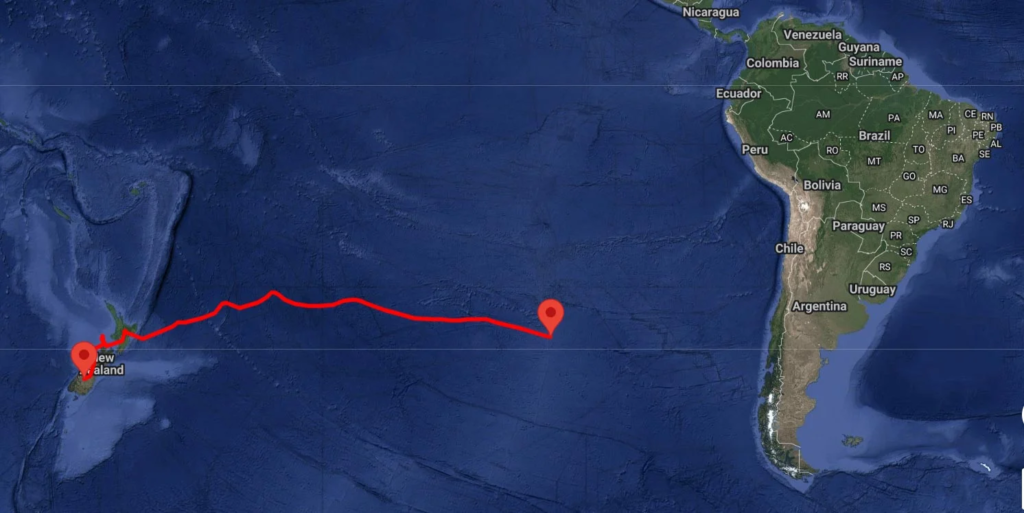Introduction
In an inspiring leap for science and technology, NASA launched its stadium-sized ultra-long duration balloon (ULDB) across the Pacific, riding the thin edge of Earth’s atmosphere. This daring mission highlights the crucial role high-altitude balloons play in advancing edge-of-space exploration. Let’s dive into NASA’s incredible balloon journey and what it means for future discoveries.

What Is NASA’s Ultra-Long Duration Balloon (ULDB)?
The ULDB is a cutting-edge, stadium-sized balloon designed to float at altitudes of around 110,000 feet. Built to withstand extreme conditions, it can carry scientific payloads for weeks, providing an affordable platform for near-space research that would otherwise require satellites.
- Size: Equivalent to a football stadium when fully inflated.
- Altitude: Operates in the stratosphere, where conditions are similar to space.
- Duration: Capable of missions lasting up to 100 days.
The Epic Pacific Journey: Key Highlights
Launching from Wānaka, New Zealand, the ULDB soared eastward across the Pacific Ocean. Here’s what made this journey so epic:
- Massive Coverage: Traveled thousands of miles across international waters.
- Scientific Instruments: Carried sensitive payloads for astronomy and atmospheric studies.
- Remote Control: NASA engineers adjusted altitude and positioning from the ground.
- Longevity Test: Demonstrated advancements in balloon durability and navigational control.
Top 5 Reasons NASA’s Balloon Missions Matter
- 1. Affordable Access to Near-Space: Balloons offer low-cost alternatives to traditional space missions.
- 2. Testing Future Technologies: Instruments destined for space can be trialed in real near-space conditions.
- 3. Advancing Atmospheric Research: Balloons gather crucial data on ozone layers, climate change, and cosmic rays.
- 4. Expanding Astronomy Frontiers: Telescopes mounted on balloons can observe the universe without atmospheric distortion.
- 5. Training for Human Spaceflight: Balloon missions help develop navigation, communications, and survival technologies for future crewed missions to Mars or beyond.
The Future of NASA’s High-Altitude Balloons
NASA plans to launch even more ULDBs in the coming years, each more capable and durable than the last. Future payloads may include advanced telescopes, particle detectors, and climate monitoring equipment. These high-flying laboratories promise a golden age of affordable, flexible, and impactful scientific research at the edge of space.
Conclusion
NASA’s stadium-sized balloon soaring across the Pacific proves that the frontier of space exploration isn’t always rocket-powered. Sometimes, a giant balloon drifting at the edge of the atmosphere can unlock some of the universe’s greatest secrets. For more on NASA’s bold experiments at the edge of space, check out our feature on NASA’s latest edge-of-space experiments!









